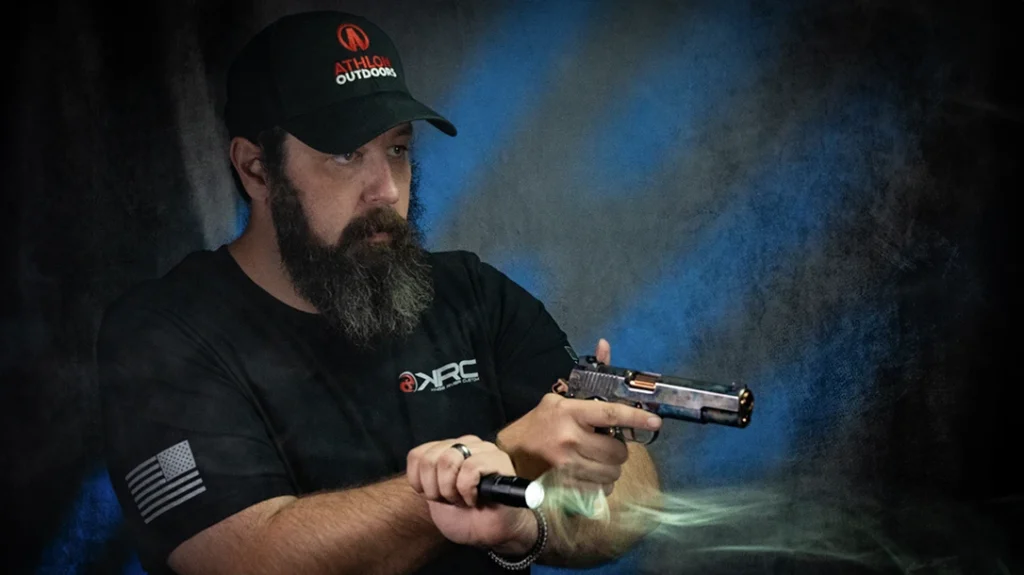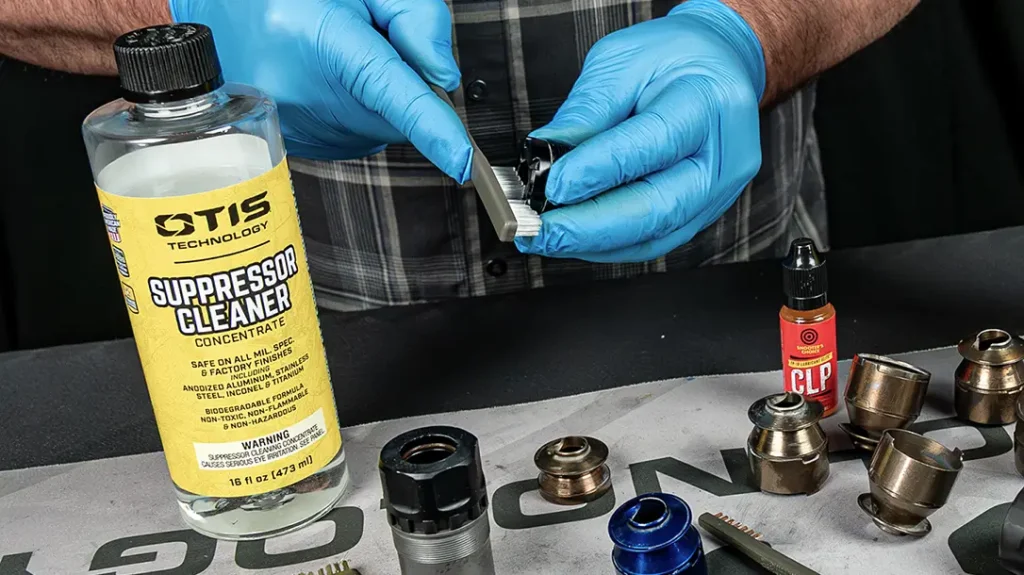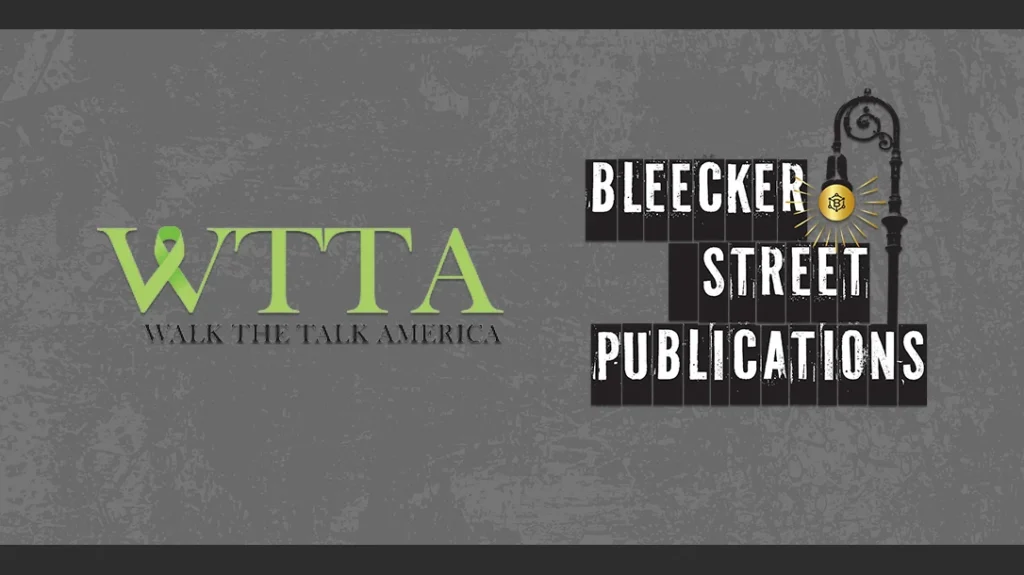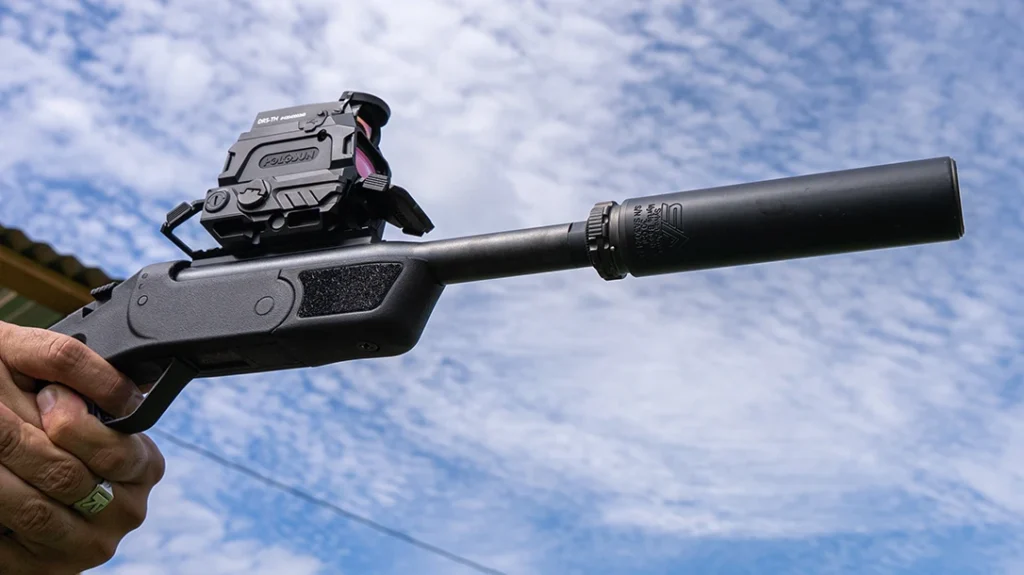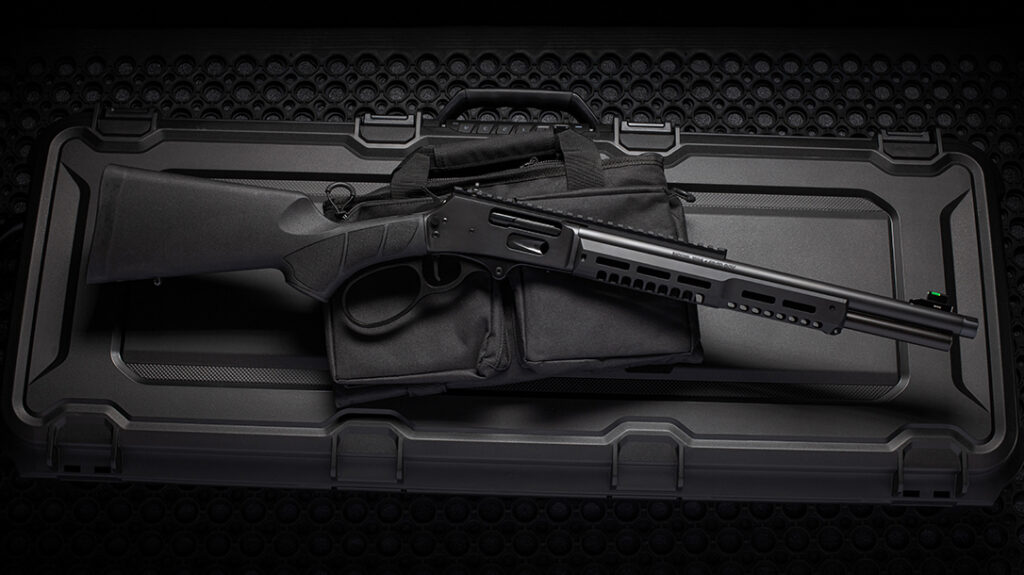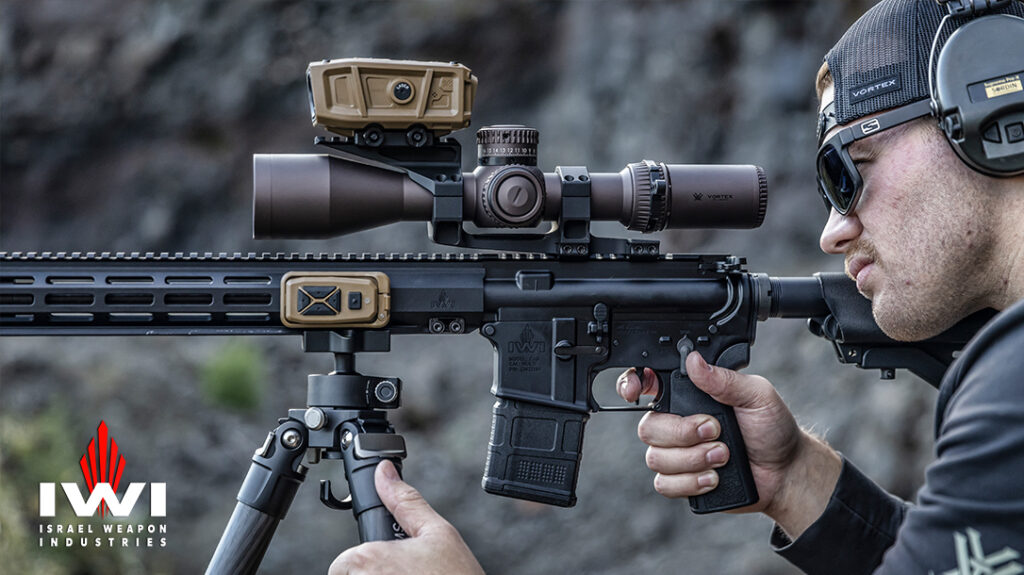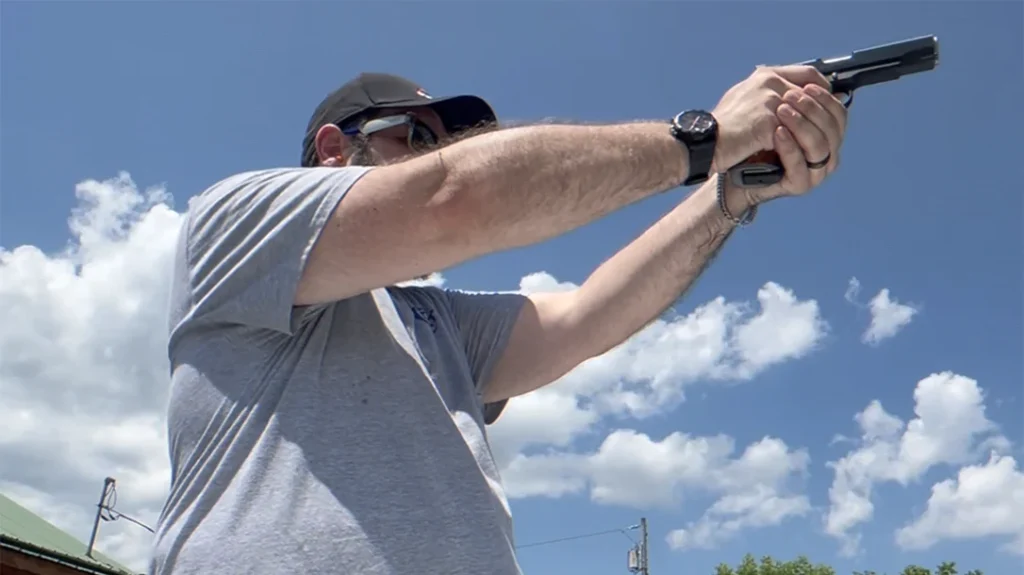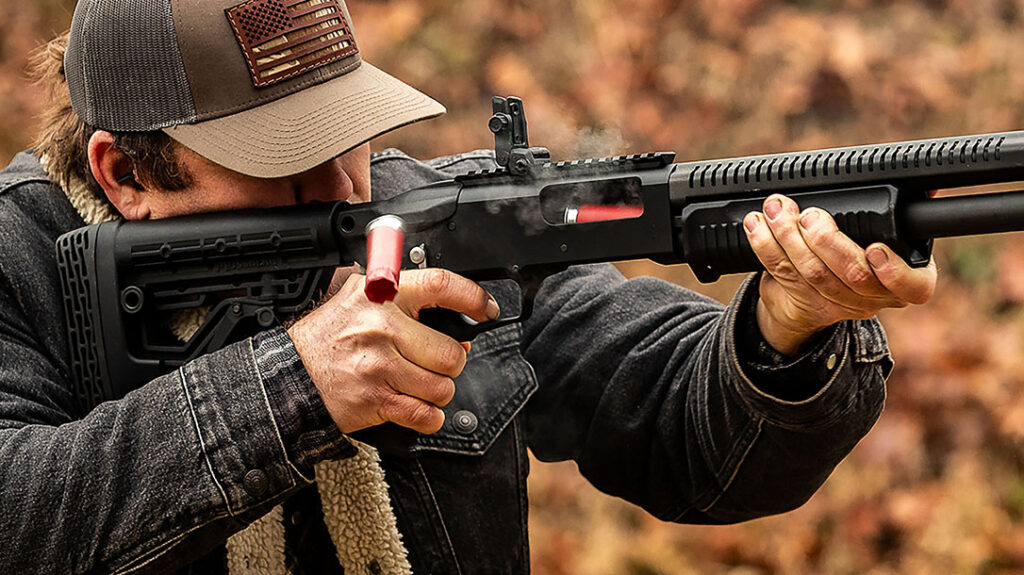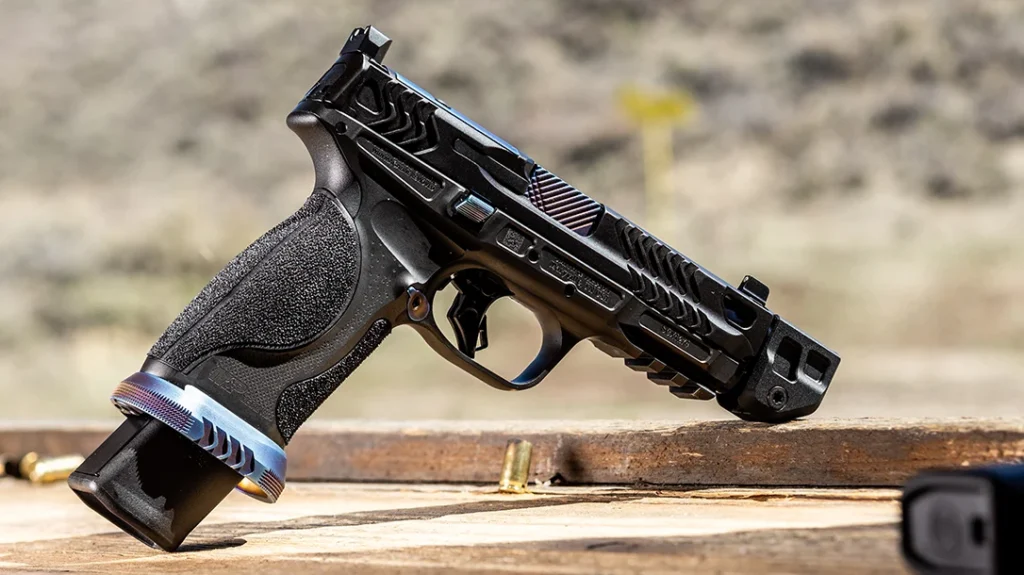Do you want to master your AR-15 and improve your marksmanship skills and tactics? Urban Rifle Level 1 is Thunder Ranch’s foundation for defensive carbine and AR pistol training. Clint Smith has been teaching this course as far back as 1983. Most importantly, Urban Rifle’s lessons and principles haven’t changed much and are still relevant today.
Getting To Thunder Ranch

As I drove closer to the ranch, I knew it would be an interesting class—especially after checking out the weather. The facility, which sits at nearly 6,000 feet of elevation in the Oregonian mountains, can witness challenging weather, to say the least.
Advertisement — Continue Reading Below
It pays to be prepared for inclement weather. Students will also do well to mind the class’ recommended packing list for equipment and supplies. On this Thunder Ranch trip, Days 1 and 2 were cold, wet, and windy. While not a great combination, bad guys and terrorists don’t exclusively plan attacks on nice, warm sunny days.
As we used to say in the Infantry, “you train as you fight, and you fight as you train.” Life is full of uncertainties, so train like your life depends on it, because it just very well may one day. Thunder Ranch is the perfect place to hone those skills and learn to become the best version of a tactically minded self that you can be.
Starting Urban Rifle Level 1
Urban Rifle Day 1 began with a classroom lecture by none other than the legend himself, Clint Smith. When this man talks, you should listen intently. By this point, Smith has probably forgotten more about weapons and tactics than most of us will ever know. Smith started by covering the basics and fundamentals of firearms safety. Across my time training at Thunder Ranch, I’ve noticed that safety is the main priority. Clint teaches a simple-to-remember adage: “ON Target ON Trigger, OFF Target OFF Trigger.” It’s quite simple.
Advertisement — Continue Reading Below
Classroom time with Clint can be enlightening, with his rugged and gravelly voice teaching students some hard-learned lessons. His “Clintisms,” or useful snippets of wisdom, are my favorite part of classroom time.
Here’s one: “The two most important rules in a gunfight are: always cheat and always win.”
Here’s another favorite, “If you’re not shootin’, you should be loadin’. If you’re not loadin, you should be movin’, if you’re not movin’, someone’s gonna cut your head off and put it on a stick!”
Advertisement — Continue Reading Below
“Clintisms” can hold many other great lessons, but I don’t want to spoil them. It is worth attending a class at Thunder Ranch to find out for yourself.
Urban Rifle Training Staff

After the classroom portion, Jack Daniel, Thunder Ranch’s training director and lead instructor, along with Colton Miller, another lead instructor, took us to the range to check zeroes. No, Jack Daniel is not from Tennessee, nor does he own a whiskey distillery. I asked him. However, this Jack Daniels is a long-time firearms-and-tactics instructor, retired police officer, and a former SWAT team leader.
Advertisement — Continue Reading Below
In addition to being a lifelong student of firearms and tactics, Colton Miller is also a seriously accomplished firearms instructor and a really nice overall guy.
These gentlemen not only know the subject matter they teach, but they also live and breathe it, too. Both Daniel and Miller are distinguished marksmen who can humble some of the best shooters out there. If you watch them shoot, you’ll understand.
90-Degree Range & The Terminator Shoot-house

Advertisement — Continue Reading Below
By the time we began shooting barricade drills on the 90-degree range, the weather had been acting up with harsh winds and aggressive hail. That range is called “90-degree” because shooters can engage targets downrange (12 o’clock ), as well as to the right (3 o’clock).
Shooting on this range is some of the most fun you can have with your clothes on, even with cold, wet, windy, and rainy weather. Remember, bad stuff usually happens in the worst of conditions; Mr. Murphy doesn’t discriminate.
After the weather became almost unbearable, our student group transitioned off the range and into the shoot house for a block of room-clearing instruction. Inclement weather or not, there is always training that can be done at Thunder Ranch. This shoot-house is known as “The Terminator”, and training in it is a humbling experience.
Advertisement — Continue Reading Below
The facility, which supports live-fire training, has two stories full of rooms and hallways with obstacles everywhere. On the third day of training, we all cycled through The Terminator with Miller as our guide/instructor. This portion of the training is a ton of fun!
The Training Continues
Once the weather eased up a bit, we returned to Thunder Ranch’s outdoor ranges to continue shooting and moving. We learned proper stances, foot placement, and the best way to engage targets with our chosen weapons. I’d like to mention that it isn’t a good idea to load up your rifle or AR pistol with a bunch of “tactical crap.” Otherwise, you had better be strong enough to stand in place carrying your weapon and covering your target until it’s no longer a perceived threat.
During training at Urban Rifle Level 1, we would stand there at the ready. Anytime someone became fatigued enough to lower their firearm, Daniel or Miller would yell out a command of where to shoot and how many shots to take.
Advertisement — Continue Reading Below
Basically, if your weapon is too heavy to hold at the ready until help arrives, you either need to hit the gym or remove some gear to lighten it up. Having an optic, a set of BUIS (back-up iron sights), and a weapon light are mandatory. (Add a PEQ for night vision work if you run that kind of setup.) Most students had suppressors mounted on their ARs, which does add some extra weight towards the front.
Urban Rifle Level 1 Shooting Insights

In class, we practiced using barricades and shooting from various positions. This included kneeling, double kneeling, sitting, squatting, prone, and standing unsupported. Bringing knee pads to Thunder Ranch is highly recommended due to the range gravel that covers most of the shooting areas.
Advertisement — Continue Reading Below
Shooting from Thunderville was a really neat experience. You have to use all sorts of holes to shoot through, while contorting your body to fit. This course will definitely help you realize what you are made of. And keep in mind, this is just the “beginner” course for Urban Rifle. There are follow-up courses offered that will progress your knowledge and skills beyond Urban Rifle 1.
The staff at Thunder Ranch is second to none in my opinion. When we all run drills one at a time, it will be plain as day if you were paying attention and applying the lessons being taught.
It’s all about Big Boy Rules…
Urban Rifle Level 1, AR-15s & Distances

At Thunder Ranch’s Urban Rifle class, we shot at distances from 7 to 100 yards in various shooting positions. The instructors spent much time encouraging us to know our holdovers. Your POA/POI (point of aim/point of impact) is different at 100 yards compared to 7 yards. For example, with my 100-yard zero, if I’m shooting up close, I need to put my dot basically on the top of the target’s head area.
Everyone in the class used an AR-15 variant, be it a rifle, an SBR, and/or AR Pistols. Daniel and Miller taught students how to properly set their weapons up, including the effective use of our weapons’ slings to our advantage. Urban Rifle Level 1 was packed with so much information that it’s worth making the effort to take notes (for future reference). Trust me, you won’t want to forget the priceless lessons learned at Thunder Ranch.
Though Urban Rifle may be a “level 1” class, it’s more than suitable for all learning levels. Every student will take away some great lessons and newly acquired experiences to draw from and implement into their own personal training back home.
A Note On Frangible Ammo
After taking Urban Rifle Level I, I’d like to mention that I will never shoot frangible ammo with a suppressor again. We trained with SinterFire frangible ammunition, which is generally considered one of the better frangible ammo options. Over the course of Urban Rifle’s three days, all students fired 1000 rounds through their firearms.
I brought a Primary Weapons System MK111, equipped with a Primary Weapons System BDE 556 Ti suppressor. The BDE 556 is a 3D-printed aerospace-grade titanium suppressor that’s also tough as nails. During training, I managed to get this device so hot that it changed colors, and that was with a normal and controlled rate of fire—no mag dumps or anything crazy like that. I did experience some stoppages due to how fouled up my weapon became.
After coming home to better clean it, the lower had to be stripped with the trigger group removed just to properly remove the crud. I’ll mention that part of the issue was user error, fair and square. It turns out that I was inadvertently using the wrong weight buffer on my AR pistol. Previously, I had a different 7-inch barreled upper over this lower that required a heavy buffer.
Hey, if you make a mistake, don’t be so prideful as not to own it. The buffer’s weight wasn’t the sole reason for stoppages either, because the combination of sooty ammo and suppressor also played a role. Even a couple of suppressed DI (direct impingement) guns saw issues, too.
There’s nothing wrong with shooting quality frangible ammunition through your AR. However, it pays to check with some of the bigger suppressor manufacturers because they may not recommend shooting frangible ammo with their products.
After The Course
I sent detailed images of my now dual-colored BDE 556 Ti to PWS, and they said it looked as if I had done a “meltdown test” on it. Once I got back home and thoroughly cleaned everything, I put in the recommended H2 buffer, which solved my problem. At my home range, I tested my suppressed PWS MK111 with 55 gr FMJ and 77 gr OTM from AAC, and all was well. The PWS MK111/ BDE 556 Ti Suppressor combo ran like a champ.
Parting Thoughts
Thunder Ranch states that Urban Rifle Level 1 is the flagship of their training doctrine. If you want to learn to master your favorite tactical carbine, this is the class to attend! In the end, you’ll be thankful that you signed up. I found it to be a real confidence booster, especially because it was my first time attending with a suppressed AR.
Though I’ve been carrying a firearm professionally since 1994 and fancy myself pretty knowledgeable, I always end up walking away from a class at Thunder Ranch learning something new. It’s really all about perception. Any time I attend a class. I act as a sponge that soaks up as much info and knowledge as I can from experienced trainers and instructors.
Keep a humble attitude, and you will have a great time! When you attend a class at Thunder Ranch, you are in great hands with some of the best instructors in the biz.
Weapon, Optics & Gear Used:

Weapon: Primary Weapons System (PWS) MK111 MOD 2-M AR Pistol with an 11.85” nitride-treated barrel, chambered in .223 Wylde with a 1/8 twist. It’s wearing a PWS FRC 2-port compensator that acts as host to a PWS BDE 556 Titanium 3-D Printed Suppressor. (The long-stroke piston system that PWS employs in their weapons is truly revolutionary!) PWS MK111 MOD 2-M MSRP: $2099.95. PWS BDE 556 Ti Suppressor: $999.95
Optic: Holosun AEMS PRO, it is titanium housed with solar power as a fail-safe option in addition to the CR2032 battery it takes, which lasts an estimated 50,000 hours in the lowest setting. I know they work, as I have a Holosun 507 model that’s missing a solar panel from a beatdown test, and it’s still working just fine. Holosun’s optics are as tough as woodpecker lips! MSRP: $470.58
Magnifier: Holosun HM3XT, which is a compact titanium-bodied 3x powered magnifier that is in a flip-to-side mount. The glass is crystal clear. MSRP: $388.22
Tactical Light: Holosun RAID (Rifle Area Illumination Device) weapon light with pressure switch. It boasts 80k candella and 1K lumens powered by an 18650 USB-C rechargeable battery. This thing has got some serious reach! MSRP: $199.99
Tactical Gear: Plate Carrier, Gun Belt, and Holster are all from G-Code. These are what I personally run as well because they work. G-Code isn’t cheap, but you truly get what you pay for, and you only have to cry once because their equipment is made to last. I’ve got a 10-year-old holster from G-Code that is still in use today.

